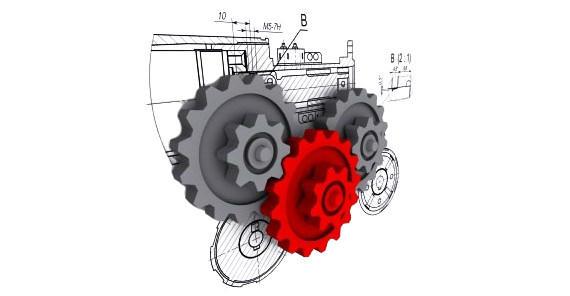
Rapid prototyping is a technique used in product development to quickly create a scaled-down model or prototype of a product or system. The primary goal of rapid prototyping is to test and validate design concepts, gather feedback, and make necessary iterations in a timely and cost-effective manner. This process helps identify potential issues early in the development cycle, reducing the risk of costly errors later on.
Here are some key aspects of rapid prototyping:
-
Speed: Rapid prototyping emphasizes quick turnaround times. This allows for faster testing and validation of ideas, leading to more agile development cycles.
-
Low-Cost Prototypes: Instead of investing significant resources in creating a fully functional product from the start, rapid prototyping often involves building simpler, less expensive prototypes. This approach is particularly useful for validating design concepts before committing to more extensive development.
-
Feedback Integration: Rapid prototypes are typically used to gather feedback from stakeholders, end-users, or team members. This feedback is crucial for making informed decisions about design modifications and improvements.
-
Iteration: Rapid prototyping encourages an iterative approach to development. Based on feedback and testing results, designers can make adjustments and create new prototypes quickly, leading to an evolving and improved final product.
-
Various Prototyping Techniques: There are different methods for rapid prototyping, including 3D printing, CNC machining, laser cutting, and others. The choice of technique depends on the specific requirements of the project and the desired characteristics of the prototype.
-
User-Centered Design: Rapid prototyping is often associated with user-centered design methodologies. By involving end-users early in the process, designers can better understand user needs and preferences, leading to a more user-friendly final product.
-
Reduced Development Risks: By identifying and addressing potential issues early in the development process, rapid prototyping helps minimize risks associated with product development. This can lead to cost savings and a more successful end product.
Overall, rapid prototyping is a valuable approach in various industries, including product design, software development, and engineering, where it allows for faster and more efficient innovation.
Types of rapid prototyping techniques (additive manufacturing and other techniques)
–Stereolithography (SLA)
–Selective laser sintering (SLS)
— Direct metal laser sintering(DMLS)
— Fused Deposition Modelling (FDM)
–Binder jetting
–Poly jetting-3D printing (3DP)
— Selective Laser Melting (SLM) or Powder Bed Fusion
–Laminated Object Manufacturing (LOM) or Sheet Lamination
— Digital Light Processing (DLP)
— CNC Machining Prototyping
— Vacuum casting
–Investment casting


